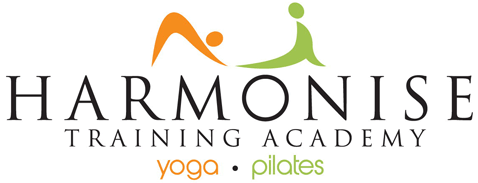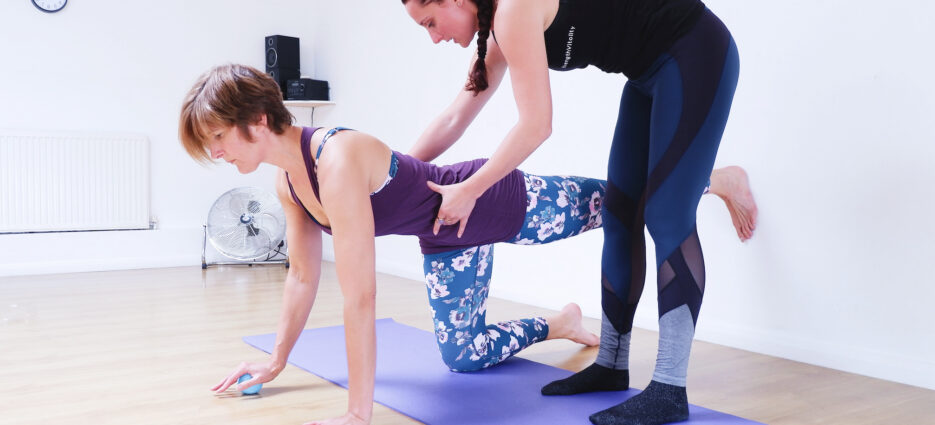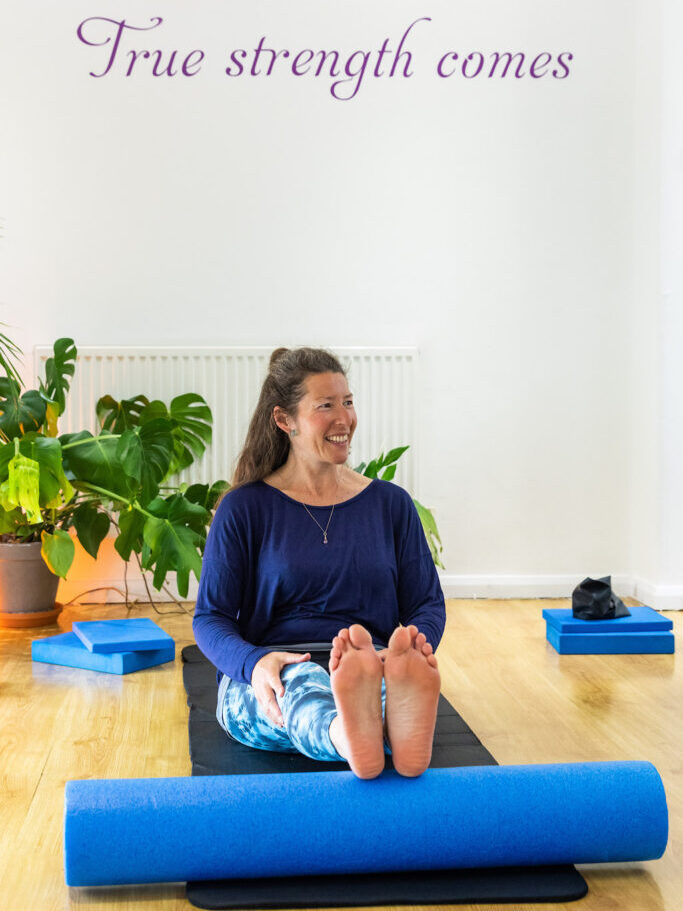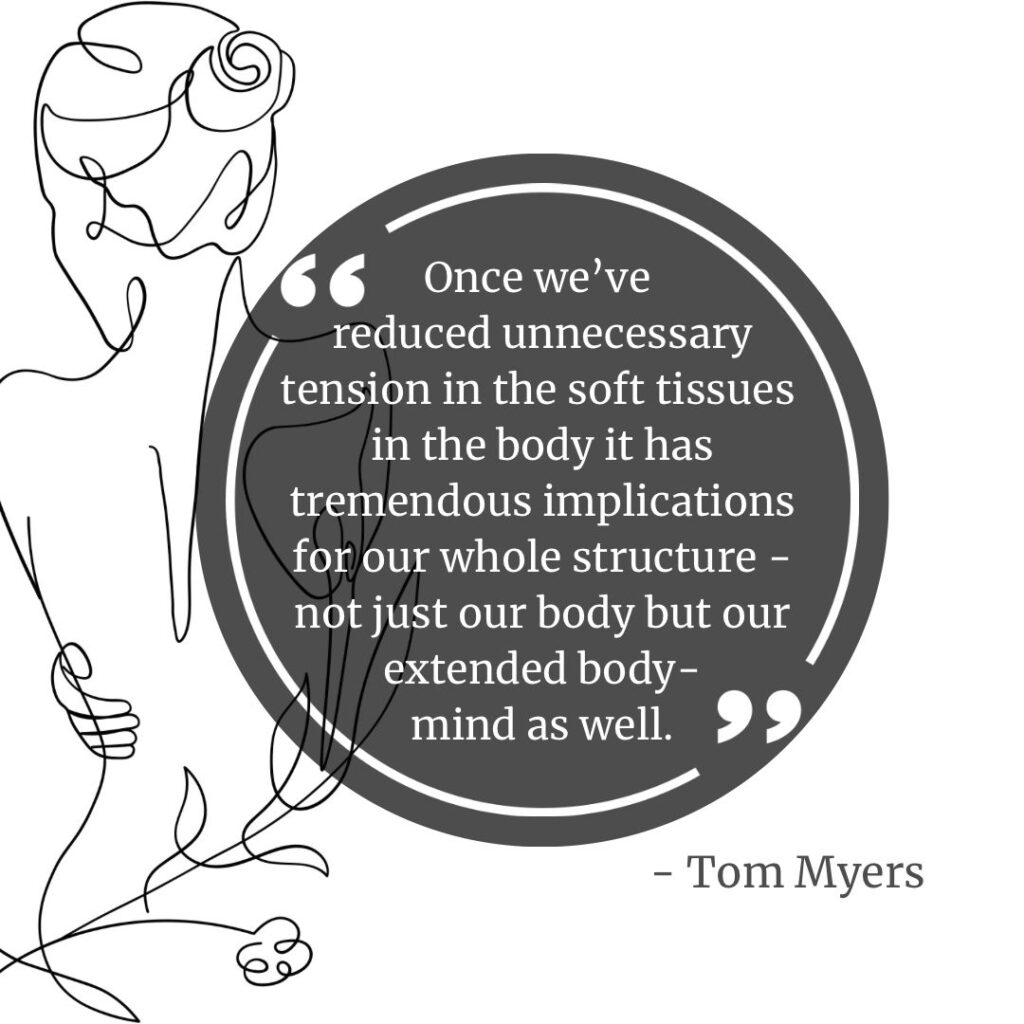From Myofascia to Mental health; Pilates from a body-mind perspective
A regular Pilates practice may help with physical fitness and body contouring, both flattening the abs and toning the whole body – a sure-fire motivational factor to attend class for many. However, there is a much, much bigger picture at play.
I believe we are in the midst of extremely exciting times for mind-body movement. I live in hope that the fitness, health, medical and well-being industries are shifting increasingly towards a more integrative approach.
Science is catching up…
The mind-body-sprit connections to health have always been a central theme in many Eastern traditions, including yoga, Chinese medicine and Shiatsu. It is only in recent years that anatomists, neuroscientists and epigenetics are proving the 2 way relationships between the body and mind; and the impact of our thoughts, emotions and lifestyle on our health. Maybe because of this, we are witnessing an acceleration of people turning towards holistic practices such as yoga and Pilates to resolve both physical and emotional health issues. After all, the 2 are often inextricably linked. Finally, GP referrals seem to be on the increase, perhaps helped by social prescribing – and long may that continue.
When I did my scientific core training with Paul Check, some 25 years ago, he taught that the core was what was left when you removed the arms and the legs from the body – the spine, shoulder girdle and pelvis. My Pilates training echoed this, highlighting the significance of both shoulder stability and lumbo- pelvic stability prior to movement. We were taught to ‘stabilise’ and then ‘mobilise’ and this still plays a valuable role in functional movement, bearing in mind intention and purpose of course!
Myofascia and the full body picture
Our understanding of myofascia (muscles and fascia) is increasing and we are learning about the ways that they are intertwined and interconnected:
- The core (the deep front line in Tom Myers Anatomy trains) actually starts at the feet on the inner ankles;
- it runs up the inseams of the lower legs and thighs;
- travels up through the pelvis and trunk;
- and continues through the middle of the spine all the way up to the tongue.
Try flexing your feet and pressing your tongue onto the roof of your mouth when you engage your pelvic floor and see if it makes a difference?
When we begin to embody the myofascial connections our entire relationship to physical movement can change and subtle nuances become enhanced which may give way to an increased flow of vital energy and quality of movement and this can increase our health on all levels.
This is why creating space in the body through ‘spreading to engage’, ‘reaching from the heart’ and ‘lengthening from the hips’ has become a feature in the way I language a class. I also cue from the feet and hands a lot more and engage the legs to help stabilise the trunk.
How to avoid ‘cues’ that hinder instead of help
‘Naval to spine’, ‘engage your core’, ‘squeeze your glutes’ and ‘tuck your tailbone under’ are being viewed as outdated cues by many and are no longer in my vocabulary, not least because they can create over contraction (hypertonicity) and inhibit neural communication.
This is one of the effects of constantly ‘engaging the core’ and ‘contracting muscles’ without adequate time for the opposite – relaxation. Everything comes back to balance. It’s important for students to be able to recognise when they are engaging and when they are relaxed and to be able to move between the two consciously. If someone is weak in a given area, they may not know how it feels to be engaged, and vice versa. This is often happening at a neurological, subconscious level.
As teachers, what’s really important is that we know:
- when to cue for more connection – e.g. if someone is weak in an area
- when to encourage relaxation – e.g when someone is chronically held or over protecting (which I have observed is often a factor in those suffering with chronic back pain).
This is why observational skills and the mind body connection are so important and why the same cue won’t always be appropriate for everyone in your class.
As Pilates tends to focus more on control and stability, I tend to recommend Pilates in particular for hypermobility and Ehlers-Danlos syndrome.
Adding relaxing breath work, mindfulness and body scans at the end of your classes can be a great asset for those who are chronically held, be it consciously or subconsciously.
Pilates for mental health
Pilates can also be fantastic for those who may be disassociated or dyspraxic, especially with its emphasis on physicality and imagery cues. Joseph Pilates referred to his work as ‘the art of Contrology’ and developing some agency over their bodies can play a key role for many people’s mental health as well as physical health as they may become aware of the mind body connection for the first time.
Teaching through a trauma sensitive lense is a hot topic of conversation, alongside the language of embodiment and empowering students through movement. Teaching in this way helps students to foster an increased relationship with themselves and their bodies, known as interoception.
Indeed, 2 teachers can deliver a class with exactly the same sequence of movements, and the students will have a completely different understanding and experience according to the language used.
I am constantly observing and refining my own language when I teach, which will be a never-ending process, and it seems to be making a huge difference. Through our classes, we have the opportunity to impact our students on all levels, not just the physical, but also the mental and emotional.
Considering becoming a Pilates teacher?
Join us on our next FREE Pilates Teacher Training Open Day on Sunday 11th June 12 – 1.30pm. You can also receive free taster classes and arrange a free zoom call to discuss the course more by signing up for more info here.

Already teaching and looking to add some fun and variety to your existing classes?
Learn about adding body scans, meditations and breathing techniques for relaxation to your classes, in my Meditation & Mindfulness for Pilates teachers Workshop on Tuesday 12th September, 2-5pm.
We’ll soon be adding dates for a variety of Pilates CPD Courses and Workshops in Autumn 2023 with Clare Francis and Stacey Beattie – you can register your interest now on our website.
If you have any questions about courses or anything mentioned in this blog, you can email us here.
Article by: Clare Francis






Recent Comments